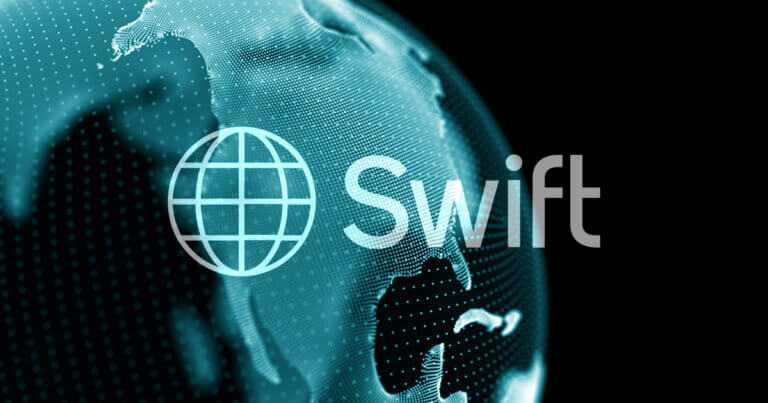Coinspeaker
Goldman Sachs: India to Become World’s Second-Largest Economy Overtaking US by 2075
As per the Goldman Sachs forecast, India is poised to become the world’s second-largest economy overtaking not just Japan and Germany, but also the US by 2075. As of date, India holds the fifth rank behind Germany, Japan, China, and the US.
In their recent report, Goldman Sachs noted that apart from its burgeoning population, India is seeing accelerated progress in innovation and technology. Furthermore, higher capital investment and rising worker productivity will aid India’s growth.
Goldman Sachs Research’s India economist, Santanu Sengupta, noted:
“Over the next two decades, the dependency ratio of India will be one of the lowest among regional economies.”
A country’s dependency ratio is a measure of the number of dependents compared to the total working-age population. A low dependency ratio means that there are relatively more working-age adults who can provide support to the younger and older population.
Sengupta emphasized that unlocking the potential of India’s fast-growing population relies on increasing the involvement of its workforce. According to Sengupta’s projections, India is expected to maintain one of the lowest dependency ratios compared to other major economies over the next two decades. He added:
“So that really is the window for India to get it right in terms of setting up manufacturing capacity, continuing to grow services, continuing the growth of infrastructure.”
The current Indian government had put greater priority and emphasis on infrastructure. They have been working at a fast pace to expand the country’s road and rail networks. In their recent budget, the central government has floated 50-year interest-free loan programs for state governments to spur investments in infrastructure.
India’s Growing Tech Industry
Goldman Sachs noted that India’s advancement in technology and innovation is playing a crucial role in driving its economic development. According to Nasscom, a non-governmental trade association in India, the revenue of the country’s technology industry is projected to surge by $245 billion by the end of 2023. This growth will be fueled by various sectors including IT, business process management, and software product streams, as highlighted in Nasscom’s report.
As per the investment bank, capital investment will also prove to be a significant driver in India’s growth story. It noted: “India’s savings rate is likely to increase with falling dependency ratios, rising incomes, and deeper financial sector development, which is likely to make the pool of capital available to drive further investment.”
However, Goldman Sachs has also mentioned a few downside risks that India could be facing. One gray area is the declining labor participation rate.
The report notes that the labor force participation rate in India has declined over the last 15 years. It also emphasizes that women’s participation rate in the labor force is significantly lower than men’s.
In a separate report in June, the investment bank writes that a mere 20% of all working-age women in India are employed. It further points out that the low figure could be due to women primarily engaging in piecework, which the economic measures of formal employment do not account for.
Goldman Sachs: India to Become World’s Second-Largest Economy Overtaking US by 2075





